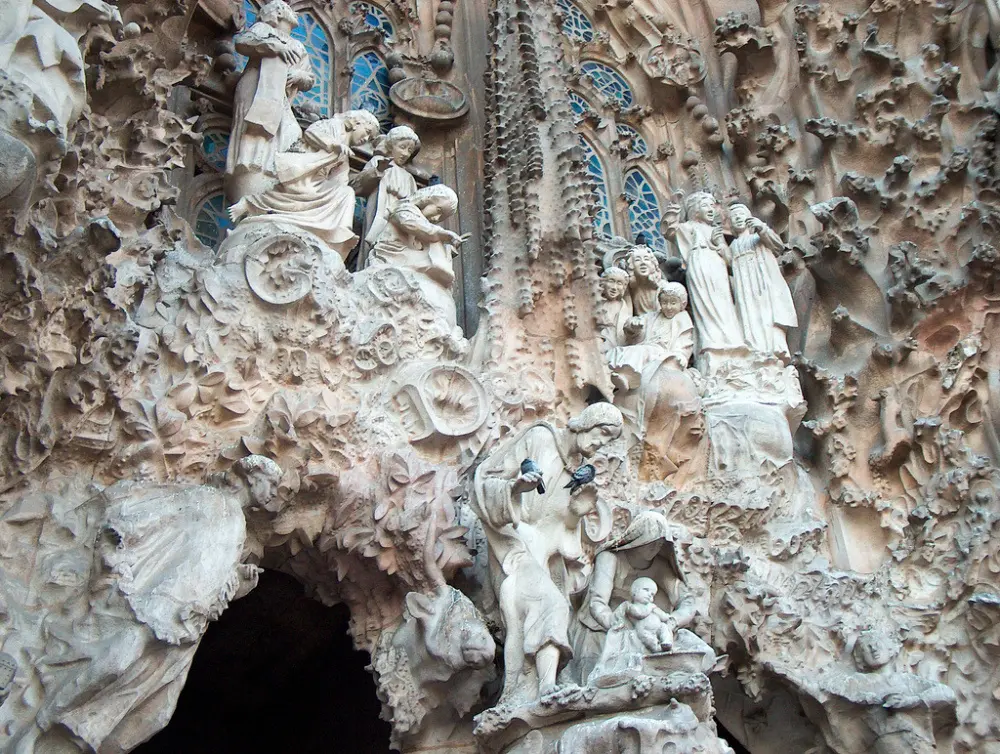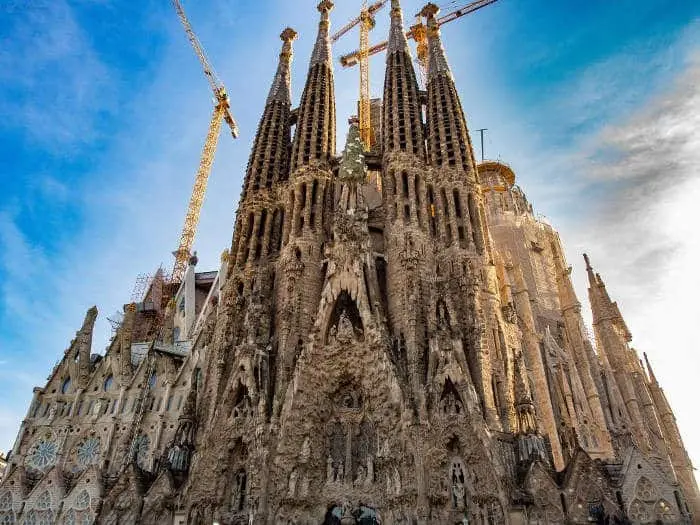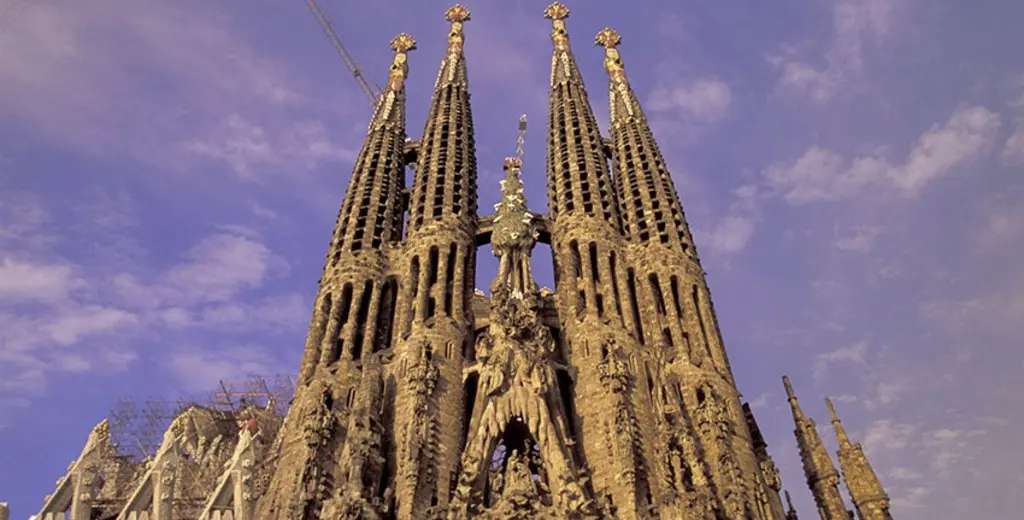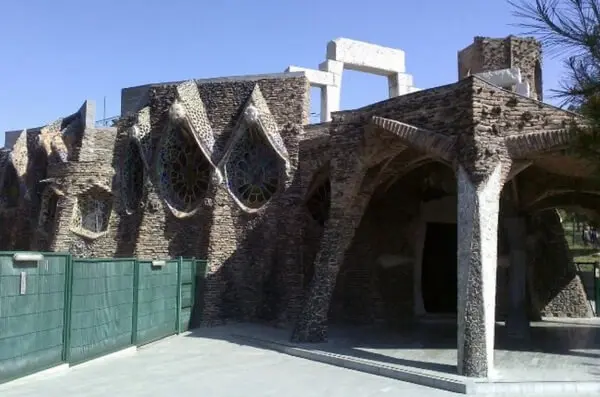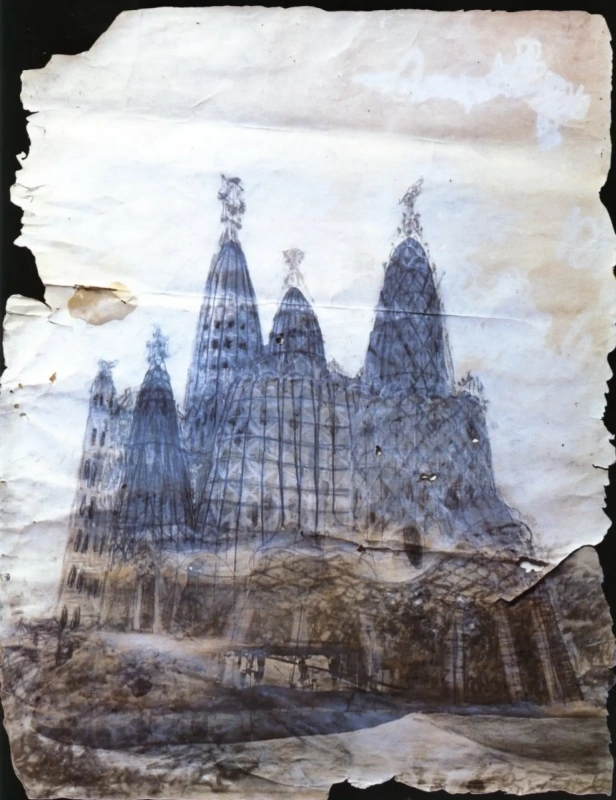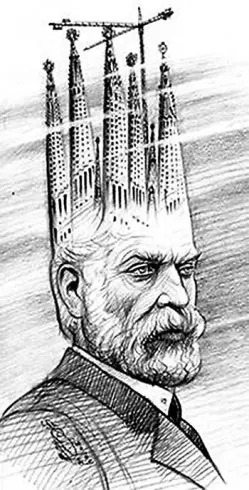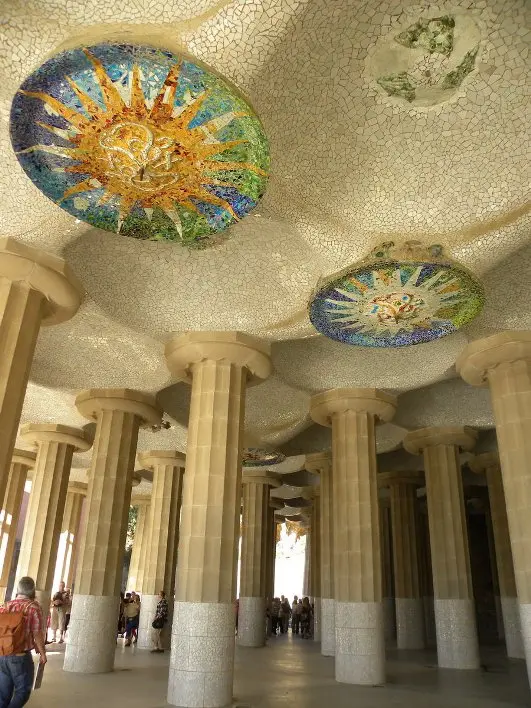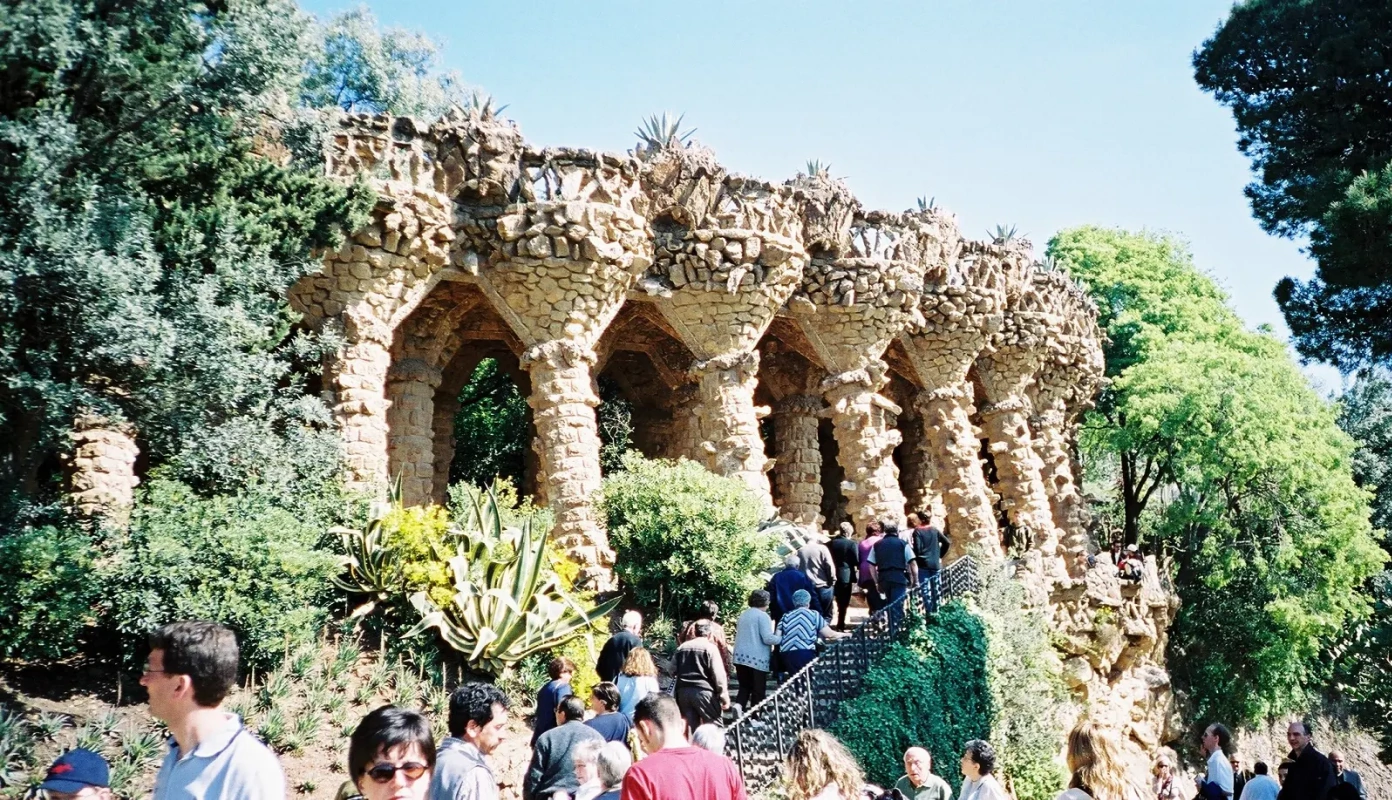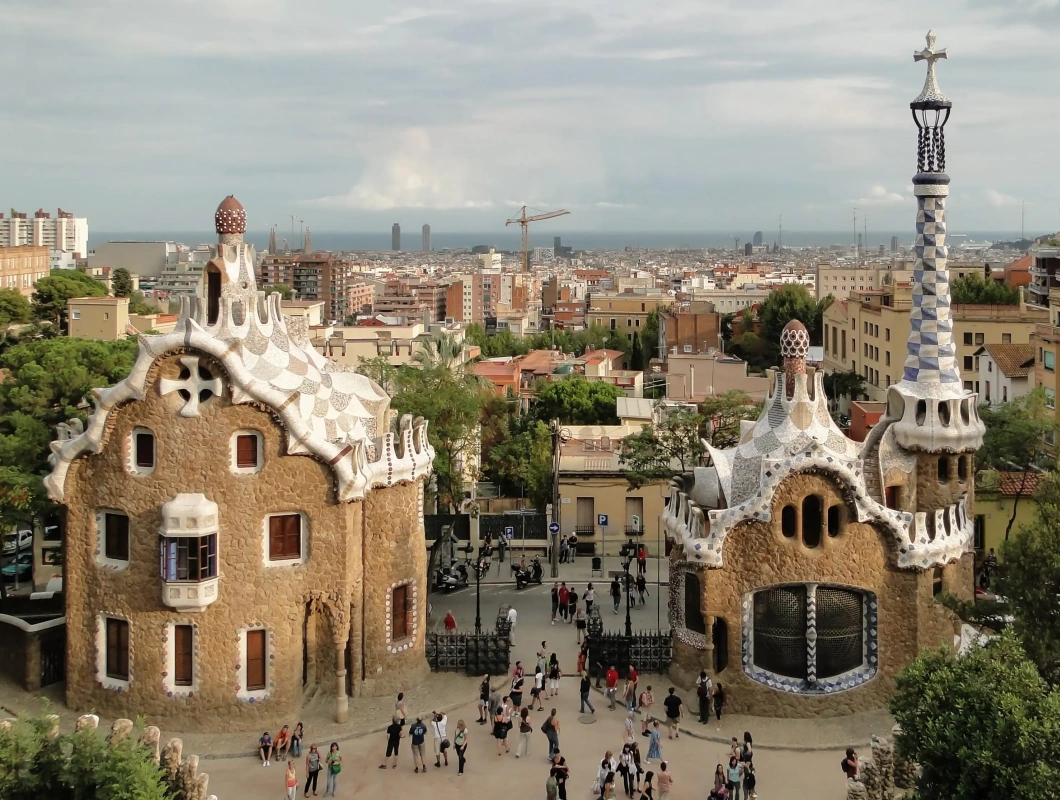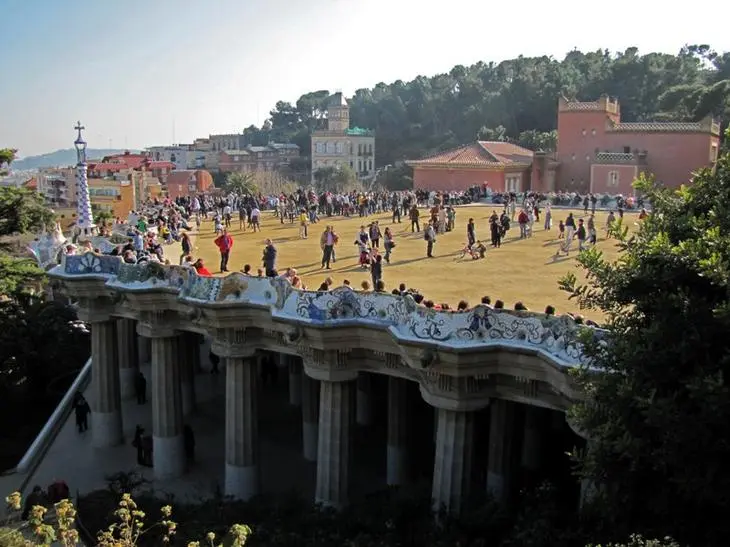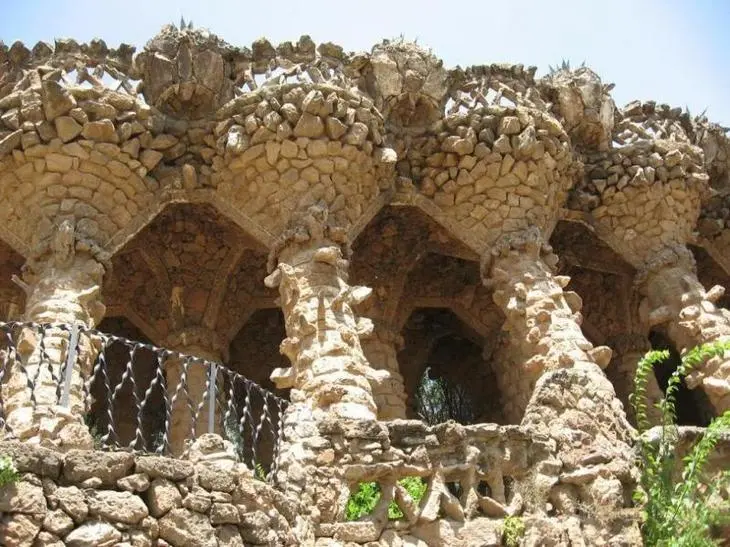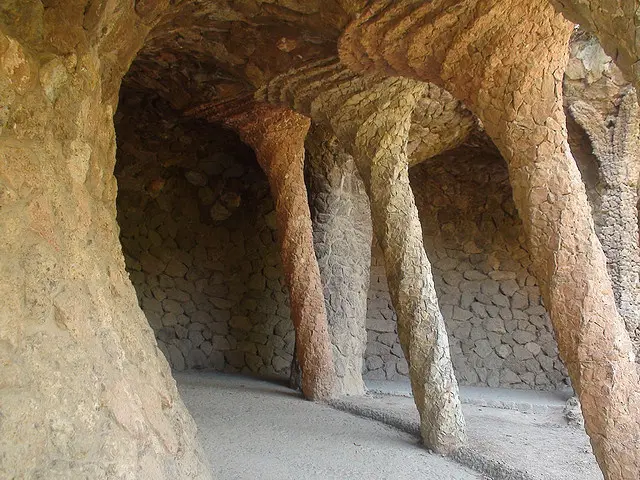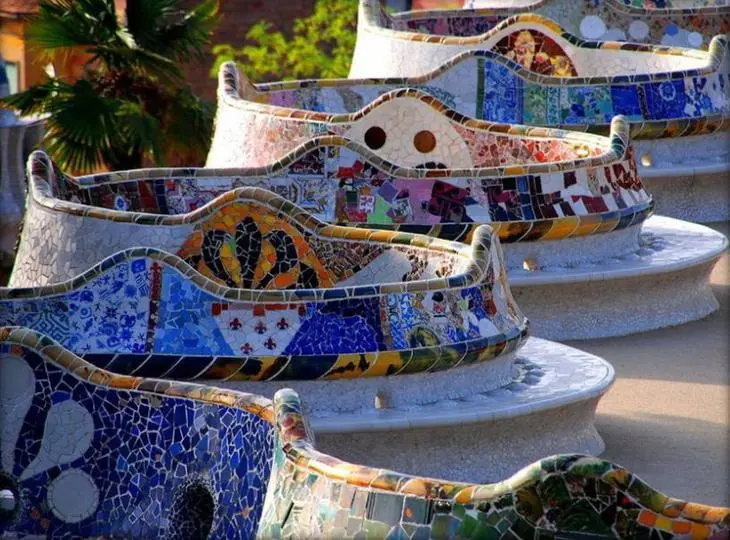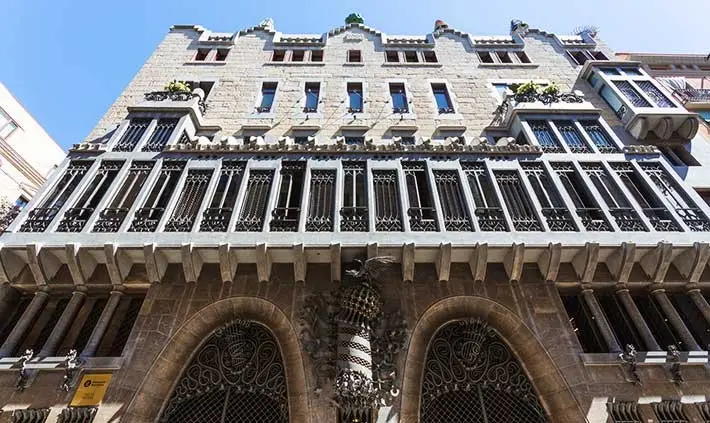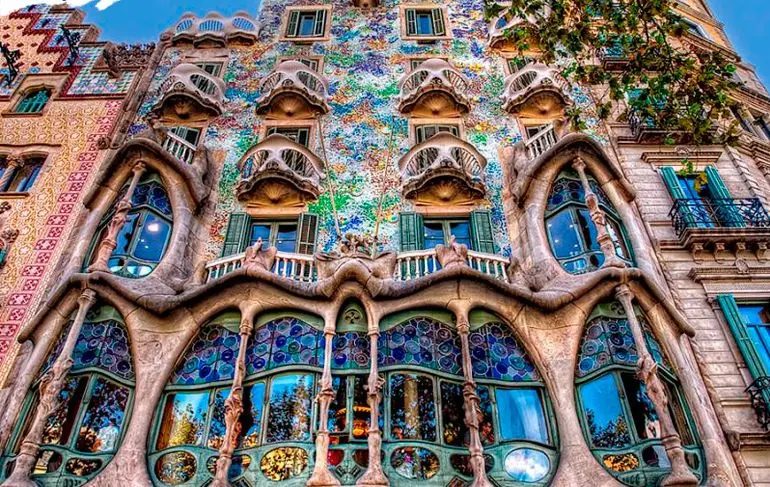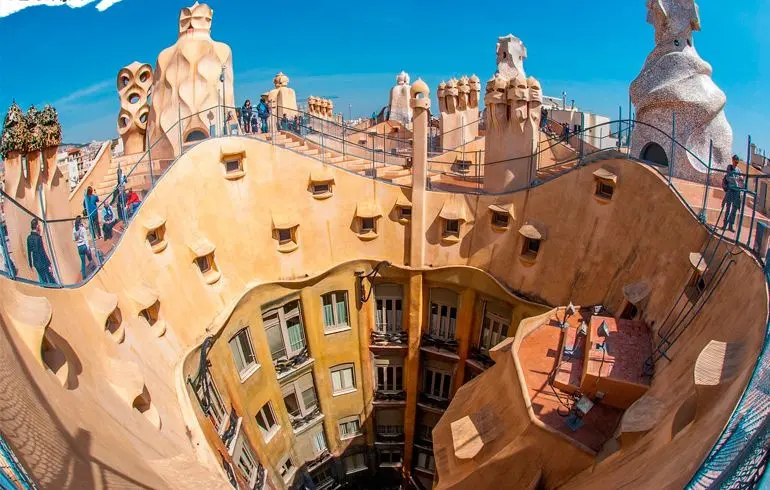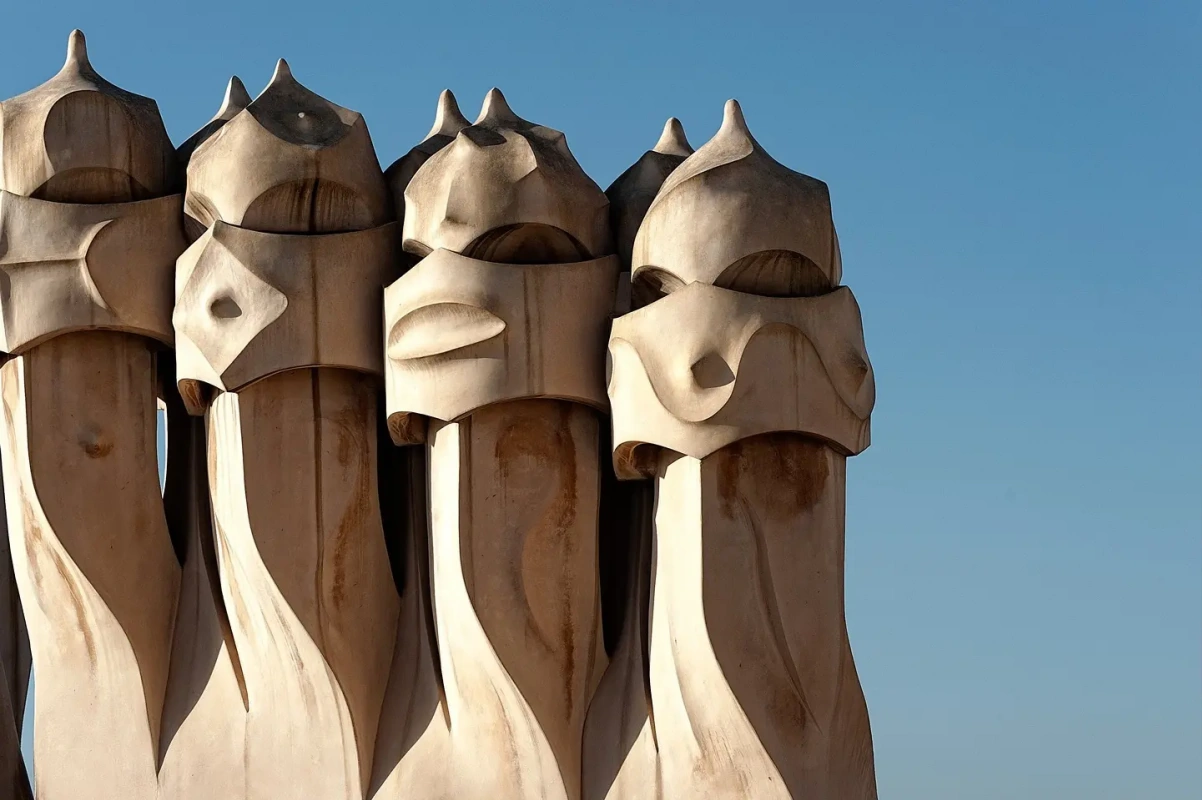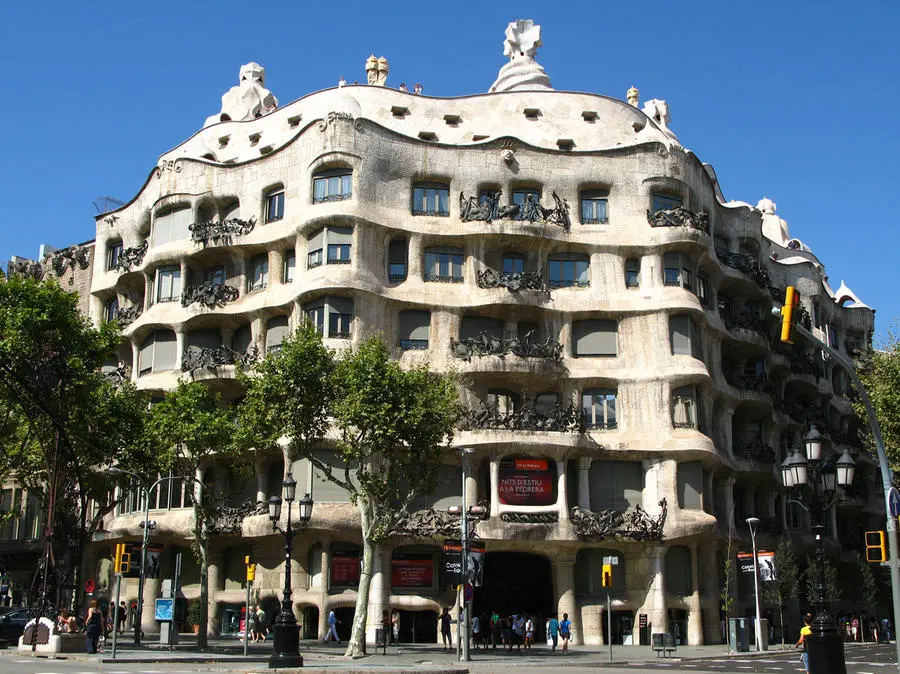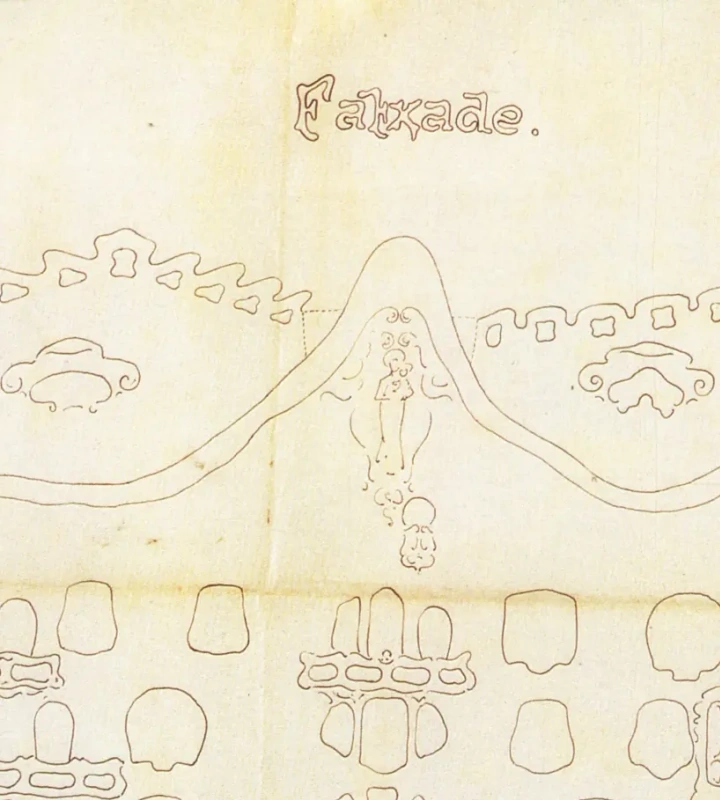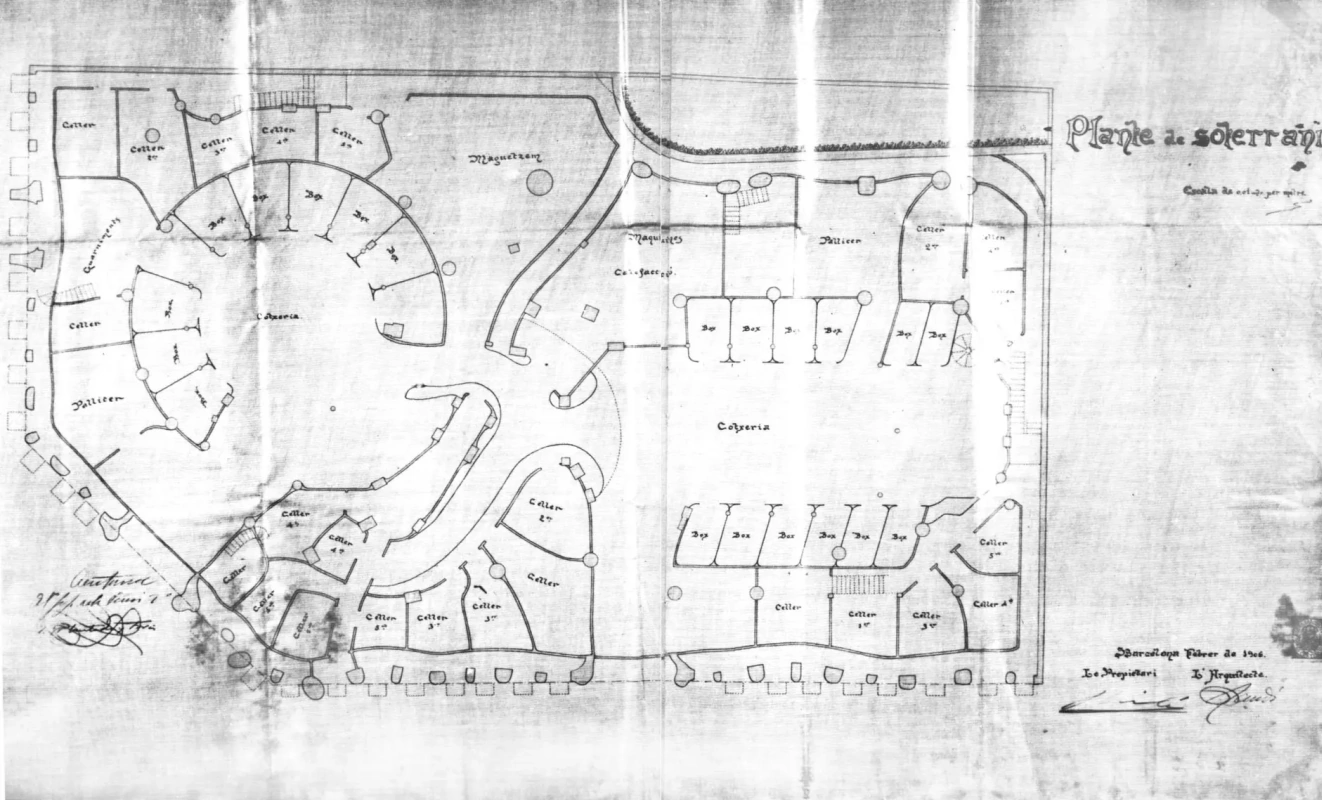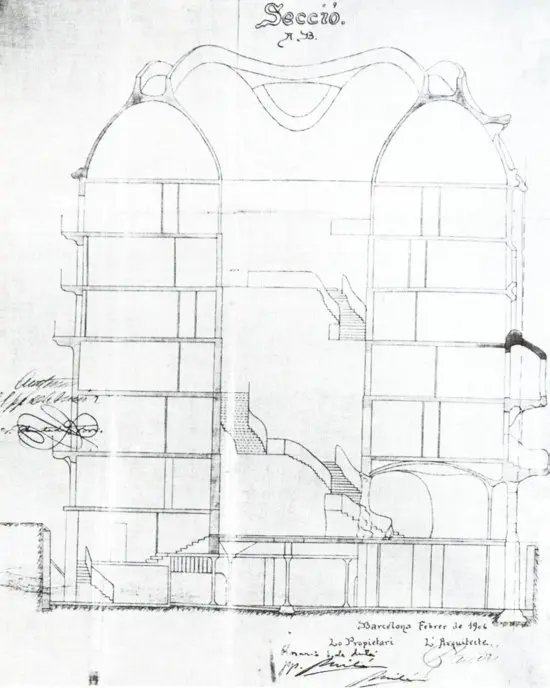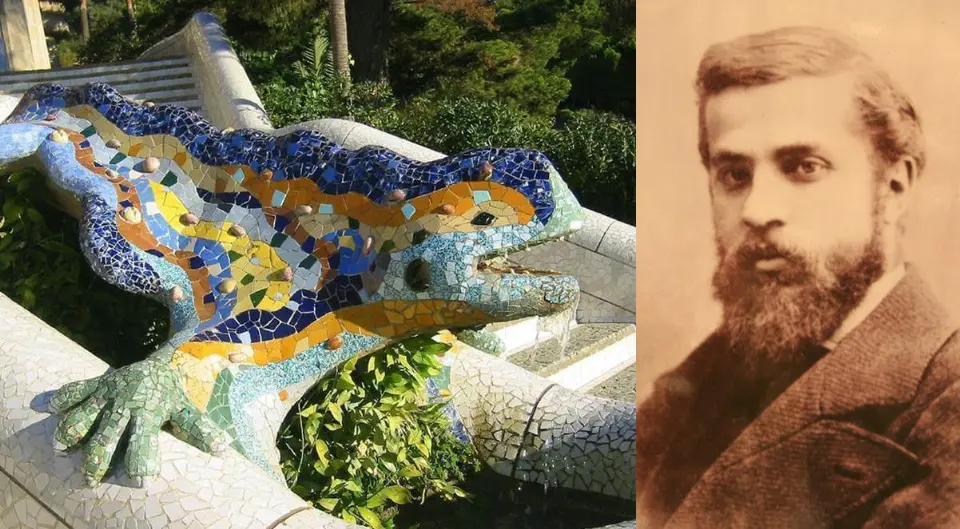
"I don’t understand why is there so much fuss about this Sagrada Família? Well, a church. Well, a big one. By the way, the church we saw in Cologne is much nicer. Tolya, do you remember?" The woman nudges her companion with her elbow. "As for me, they greatly overestimated this Gáudi!" She pronounces the name of the architect with the emphasis on the first syllable and hums contemptuously.
"Gaudí. His name is Gaudí!" a clear voice intervenes in the unhappy stream of words. A teenage girl flashes her eyes at the "hat".
"You just look otherwise. You pronounce it otherwise and look otherwise. Therefore you don’t see!"
"Sveta, come on!" The mom pulls her indignant daughter back. The lady shrugs but doesn’t say anything. Crowds of tourists continue taking photos with the temple in the background.
More than 90 years have passed since the day of his death, but Antoni Plàcid Guillem Gaudí i Cornet still leaves no one indifferent. Moreover, the assessments still vary from sharp rejection to admiration. "I don’t even know who I am presenting this diploma to: a genius or a madman," said the Director of the School of Architecture to Gaudí. Antoni heard both of these definitions alternately or even together through all his life.
Poor boy
"Poor, poor boy," the doctor sighed after examining his young patient Antonio. However, that doctor might be not so compassionate; perhaps, he told Gaudí's parents quite routinely that their son had rheumatism. He was not allowed to run around the streets with other children. And he could not: his pain would torment him. Instead of boyish frisky pranks, Antoni Gaudí layed on the grass for hours and looked at the sky. And "for hours" is not an exaggeration in this phrase. The future architect didn’t just stare at the clouds. He watched crowns of trees, grass, stones, snails… Nature fascinated him.
In the town of Reus, where Gaudí was born and spent his childhood, there is not a single building he built. Even the house, in which he grew up, has not survived. There is a sign that reads: "On this place was the house, in which Antoni Gaudí i Cornet spent his childhood and youth." But tourists still come here. Perhaps, they want to see exactly the views that inspired the genius.
The bestest
Gaudí received his diploma in architecture in 1878 at the age of 26. He graduated from the Provincial School of Architecture in Barcelona (Catalonia was one of the Spanish provinces, hence the name). To understand how serious such an education was, two facts are enough. First: Gaudí had been preparing to enter this school for five years. Second: in 1872, only three people became graduates of the institution.At that time, Europe experienced the heyday of the Neo-Gothic style. Antoni welcomed the ideas of the Neo-Gothic theorists, the French architect and writer Viollet-le-Duc (the largest restorer of Gothic cathedrals, including the Notre Dame) and the English art critic John Ruskin. Their declaration "Ornament is the origin of architecture" coincided with the creative credo of Gaudí.

The artist was into everything: window dressing, design of lanterns (in the photo there are the Gaudí's lanterns, which still adorn the Royal Square in Barcelona), furniture, but at the same time he dreamed of building a house. But not just a house, but the bestest! So that people gasped in surprise at its sight. And if you not only dream, but also do not shy away from any work, then luck will find you sooner or later.

This house and the next one, El Capriccio, already demonstrates the emergence of a new, unique Gaudí style. Although his creations are classified as Art Nouveau, but the architect, who loved eclecticism, went beyond any style except his own.
The collaboration between Gaudí and Güell has proven extremely fruitful. The architect designed and built pavilions of the estate in Pedralbes, wine cellars in Garraf, chapels and crypts of the Colònia Güell and the fantastic Park Güell and Palau Güell. All the built items belong to the UNESCO heritage now.
Gaudí considered each of his houses to be a living being and believed that his creatures needed freedom to grow. Sometimes entire premises could be demolished only because the architect saw a new opportunity for harmony. His decisions were not contested. Antoni Gaudí has become the most fashionable and successful architect in Catalonia.
A dandy or a hermit?
There is no reliable information about the personal life of the architect. It is said that in his youth, he dressed like a dandy and was a gourmet. Back in his native Reus, he fell in love with the daughter of a noble city dweller. The girl’s father cut short this relationship because he was looking for a better passion for his daughter. They say that for this reason, Gaudí built nothing in his hometown — he felt offended.There was one more love in the life of the architect — a teacher Josefa Moreu. Gaudí was 34 years old, but he still did not get rich and famous. The woman rejected his advances. And four years later, the master finished his first house, and fame came to him along with good earnings. By the way, the more income the favourite work brought, the more indifferent to money became Gaudí. Over time, he found out that it was not necessary to buy the most fashionable and expensive clothes. And gourmet delights were boring. He could just eat bread and drink water. At the end of his life, Gaudí became a real ascetic. He was completely captured by his only passion, his work.

Gaudí's salamander stands right at the entrance to Park Güell. It has become a symbol of the great architect’s work, as well as a symbol of Barcelona.
Many construction workers followed this opinion. It’s hard to work with a perfectionist who comes to the site in the morning and makes the builders hang on the wall for hours, applying tiles at one angle or another. He chose the best pattern this way. Or he could seat workers on unhardened clay to determine the best place to sit.
The Gaudí family was interrupted with the death of Antoni.
The Sagrada Família
Gaudí considered his main creation to be the Basílica de la Sagrada Família in Barcelona. In Catalonia, there is a popular legend about a document, an offer sent by the Japanese, where they asked to sell them the Holy Family temple. They were allegedly going to transport this miracle of Gaudí to their home in Japan themselves, brick after brick, where they would finally finish the building, taking into account all the projects and wishes of the architect. An empty space is left in the document, where he could write any estimated price of the transaction. Catalans love this story, and many believe in its truthfulness, because the Japanese architect Etsuro Sotoo took part in construction of the Sagrada Família; he fell in love with the Gaudí's creation, converted to Catholicism, learned Catalan and settled in Barcelona.
If the Sagrada Família is ever completed, it will be the tallest cathedral in the world, 170 meters high: Gaudí planned to create a temple just one meter below the highest mountain in Barcelona. Why necessarily below? Art is art, and the great architect considered it unacceptable to challenge the divine plan.
"My son, you can’t place the signs of the zodiac here? This is the temple of the Lord!" these were the approximate words of the holy father.
"Father, they should be there. This is a concept", said the stubborn Gaudí, who was also a zealous Catholic.
"Do you know what excommunication is? Think about it", the holy father instructed him.
The signs of the zodiac remained. And in 2010, the Pope consecrated the cathedral.
“What the Lord has planned will happen to everyone.”
On 7 June 1926, at half past six in the evening, Gaudí was going to go to the Holy Mass. He dismissed his assistant and told him: "Come early tomorrow, Vicens, we have many beautiful things to do!" The architect did not reach the temple. The 73-year-old artist was hit by a tram. Passers-by who gathered tried to call a taxi to take the accident victim to the hospital. Not a single taxi driver agreed to deliver an unconscious old man who looked more like a homeless person than a famous and fashionable architect. With difficulty, Gaudí was taken to the hospital of the Holy Cross. It was, rather, an almshouse: the patients were looked after not by nurses, but by nuns. Gaudí lay in a general ward, on bed No. 9. His identity was only established the next day. Naturally, they offered him to move to the best clinic in the city. But the architect, who had already regained consciousness, refused.
In the days that followed, crowds of admirers of Gaudí's genius walked to the hospital, more and more. There was a special table with paper in the hall so that everyone could leave their health wishes to the artist. The king himself sent a telegram from Madrid with questions about his well-being.
On 10 June 1926, Antoni Gaudí passed away. In 2013, it was decided to celebrate the day of Gaudí's death as the World Art Nouveau Day.






